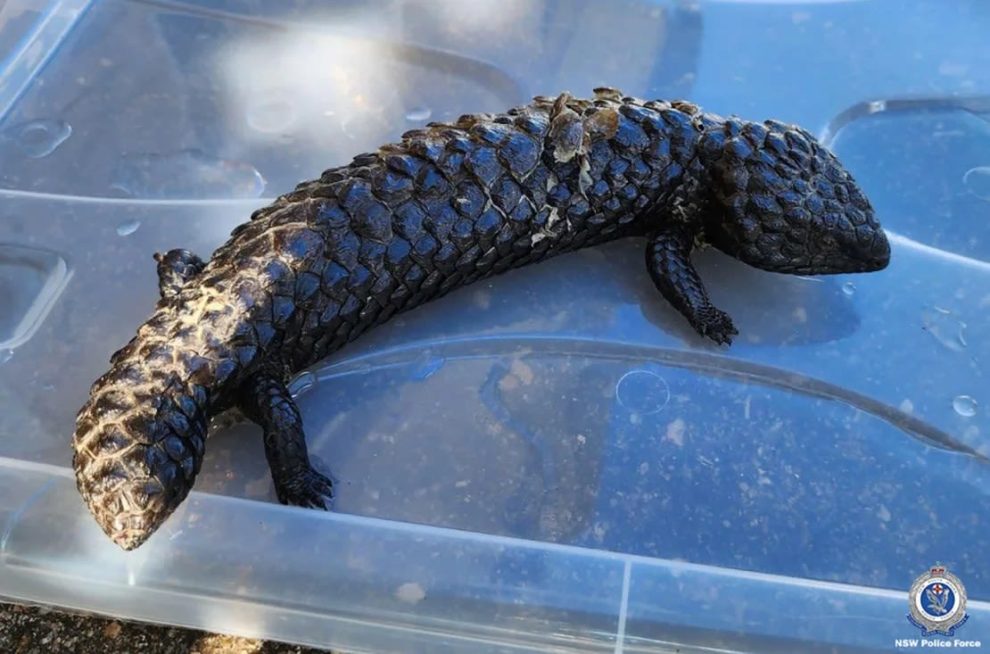() – Police in Australia have dismantled what they believe is a smuggling ring attempting to export more than A$1.2 million ($800,000) worth of native lizards and reptiles to Hong Kong.
Three men, aged 54, 59 and 31, and a woman, aged 41, were arrested in Sydney as part of the investigation, New South Wales Police said in a statement released on Monday.
The operation began in September 2023, when nine packages containing 59 live lizards were stopped en route to Hong Kong.
The four alleged members of the group are scheduled to appear in court in January.
“Police will allege in court that the criminal group was capturing live lizards and native Australian reptiles to export for profit to Hong Kong,” the police statement said.
“The animals were kept in poor conditions and tied in small containers when they were packed for shipment,” he added.
Police said officers found a total of 257 lizards and three snakes during the investigation, both in packages and at addresses used by the group.
The reptiles “were taken to various zoos and wildlife parks to be examined by a veterinarian before being released back into the wild,” the statement added.
Police estimate the lizards were worth around 5,000 Australian dollars (US$3,350) each, making a total of approximately 1.285 million Australian dollars (US$860,000).

Police did not say why the lizards were allegedly smuggled, but Hong Kong has long been considered a hub for the illicit wildlife trade due to its busy port and its status as a gateway to mainland China.
The World Wildlife Fund (WWF) of Hong Kong also states that “exotic pets are becoming increasingly popular” in the semi-autonomous Chinese territory.
“Rare species of tortoises, snakes, lizards, parrots, sugar gliders, hedgehogs, scorpions and many others are traded as pets,” the charity says on its website.






![[Img #74676]](https://thelatestnews.world/wp-content/uploads/2024/12/Laser-artificial-neuron-150x150.jpg)








Add Comment